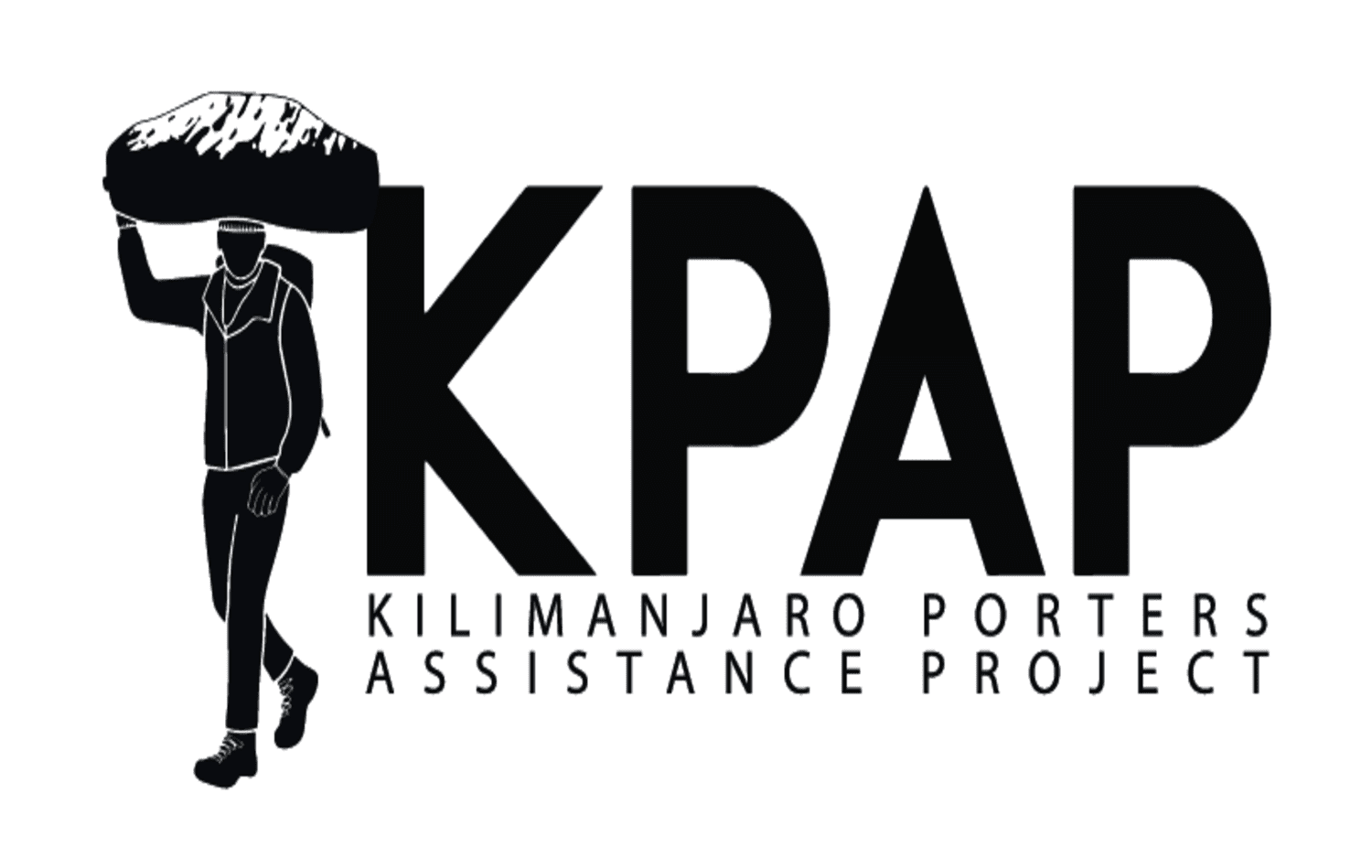The Lemosho Route is often regarded as one of the most beautiful and scenic routes on Mount Kilimanjaro. Known for its stunning landscapes, diverse ecosystems, and relatively low traffic compared to the more popular routes like Marangu and Machame, the Lemosho Route is a top choice for climbers looking for both an adventure and a chance to experience the full splendor of Africa’s highest peak.
The Lemosho Route is also known for providing an optimal ascent profile that aids acclimatization, improving climbers’ chances of successfully summiting Uhuru Peak. Whether you’re a seasoned trekker or a first-timer, this route offers an incredible journey, taking you through a variety of terrains from tropical rainforest to alpine desert and glaciers.
1. Scenic Beauty
2. Less Crowded
3. Better Acclimatization
4. High Success Rate
5. Diverse Wildlife and Flora
Day 1: Lemosho Gate (2,100m) – Mti Mkubwa Camp (2,750m)
Day 2: Mti Mkubwa Camp (2,750m) – Shira 1 Camp (3,610m)
Day 3: Shira 1 Camp (3,610m) – Shira 2 Camp (3,850m)
Day 4: Shira 2 Camp (3,850m) – Lava Tower (4,630m) – Barranco Camp (3,950m)
Day 5: Barranco Camp (3,950m) – Karanga Camp (4,035m)
Day 6: Karanga Camp (4,035m) – Barafu Camp (4,640m)
Day 7: Barafu Camp (4,640m) – Uhuru Peak (5,895m) – Mweka Camp (3,080m)
Day 8: Mweka Camp (3,080m) – Mweka Gate (1,640m)
The Lemosho Route is a scenic, diverse, and challenging option for trekkers who want to experience the full beauty of Kilimanjaro while giving themselves the best chance to reach the summit. Its gradual ascent, longer itinerary, and incredible views make it a favorite choice for many climbers, especially those seeking a less crowded and more peaceful climb. If you’re up for an unforgettable adventure with stunning landscapes, varied ecosystems, and a high summit success rate, the Lemosho Route should be at the top of your lis



TERMS AND CONDITIONS | AFRICAN SAFARI | PRIVACY POLICY | REFUND POLICY | FOR TRAVEL AGENCIES | HOTELS IN TANZANIA | OUR BLOG
© 2025 Shiri Adventures